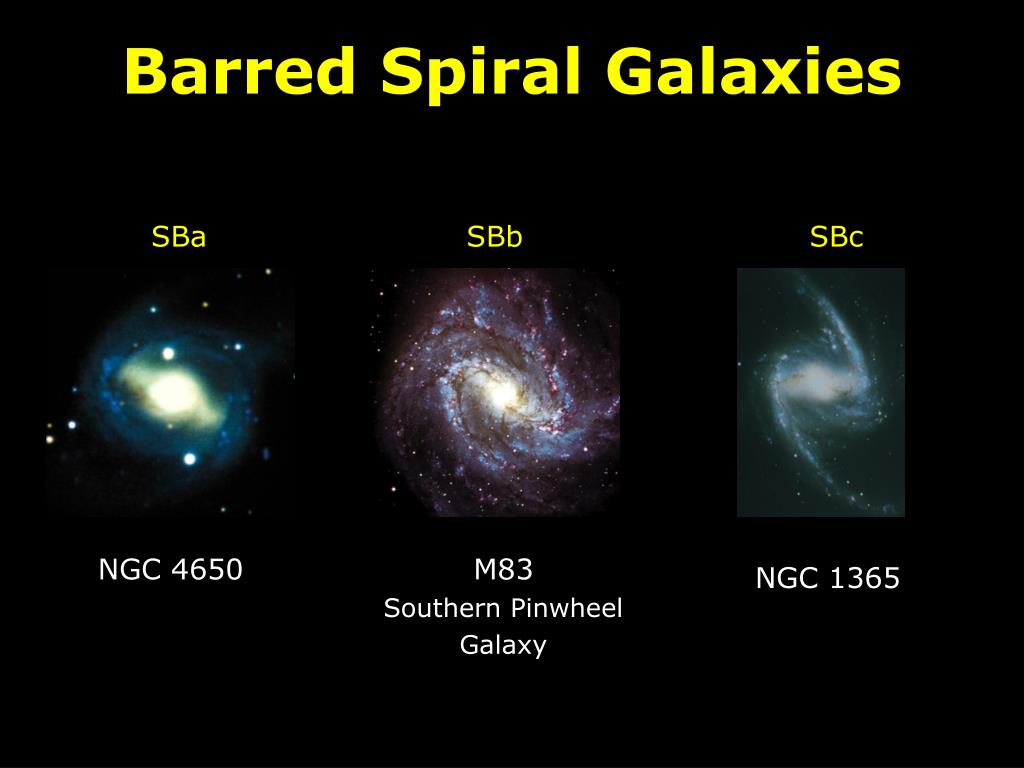

The keen vision at infrared wavelengths of two of Webb's instruments-MIRI (Mid-Infrared Instrument) and NIRCam (Near-Infrared Camera)-allowed astronomers to see right through the gargantuan clouds of dust in NGC 5068 and capture the processes of star formation as they happened. Stars and planetary systems are born among swirling clouds of gas and dust that are opaque to visible-light observatories like Hubble or the VLT. With its ability to peer through the gas and dust enshrouding newborn stars, Webb is particularly well-suited to explore the processes governing star formation. The young, energetic stars ionize the hydrogen around them, creating this glow represented in red. Dense and bright clouds of dust lie along the path of the spiral arms: These are H II regions, collections of hydrogen gas where new stars are forming.

The keen vision of NIRCam allows astronomers to peer through the galaxy’s gas and dust to closely examine its stars. This near-infrared image of the galaxy is filled by the enormous gathering of older stars which make up the core of NGC 5068. This view of the barred spiral galaxy NGC 5068, from the James Webb Space Telescope’s NIRCam instrument, is studded by the galaxy’s massive population of stars, most dense along its bright central bar, along with burning red clouds of gas illuminated by young stars within. These observations span the electromagnetic spectrum and give astronomers an unprecedented opportunity to piece together the minutiae of star formation. Webb collected images of 19 nearby star-forming galaxies which astronomers could then combine with Hubble images of 10,000 star clusters, spectroscopic mapping of 20,000 star-forming emission nebulae from the Very Large Telescope (VLT), and observations of 12,000 dark, dense molecular clouds identified by the Atacama Large Millimeter/submillimeter Array (ALMA). The second reason is that Webb's observations build on other studies using telescopes including the Hubble Space Telescope and ground-based observatories. One trail lies just below the galaxy’s bar, and two more in the bottom-left corner. They are a little more noticeable in images such as this one from MIRI, because many stars are not as bright in mid-infrared wavelengths as they are in near-infrared or visible light, so asteroids are easier to see next to the stars. As Webb captures several images of the astronomical object, the asteroid moves, so it shows up in a slightly different place in each frame. Asteroids appear in astronomical images such as these because they are much closer to the telescope than the distant target.

Three asteroid trails intrude into this image, represented as tiny blue-green-red dots. Also known as the Great Barred Spiral Galaxy, NGC 1365 is a double-barred spiral galaxy consisting of a long bar and a smaller barred structure located about 56 million light-years. In this image of the barred spiral galaxy NGC 5068, from the James Webb Space Telescope’s MIRI instrument, the dusty structure of the spiral galaxy and glowing bubbles of gas containing newly-formed star clusters are particularly prominent.


 0 kommentar(er)
0 kommentar(er)
